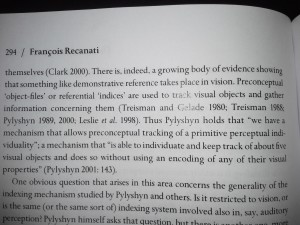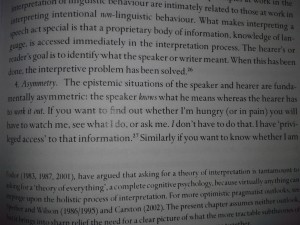It may not be too obvious what’s going on in this music but all those sounds are coming from one person and mostly from that one person’s voice. She uses a loop station which allows her to record short bits of sound and have them to continue playing immediately after. They can be left alone or stopped and started back up and additional sounds can be recorded and looped over top the loops that are already playing. Essentially, she has the ability to be a whole acoustic band through electronic means.
What seems important here is process. Minimalist composers like Terry Riley or Steve Reich have been playing with this idea since the 60s at least but not in this way because the technology just wasn’t there. What I mean by process is that we’re essentially hearing a song being composed on the spot. In fact, Julianna Barwick has explicitly stated that her music starts out as improvisations. Improvisation is a bit different though. In that form, the music can change drastically at any point whereas, in process music, that’s not possible/wanted. It’s repetitive instead. She can’t suddenly change everything that’s being played all at once, say, if she wanted to modulate to a different key. What you’re hearing is simply one musical phrase that repeats and only changes subtly as layers are added and removed. It creates a sense of calm, because you know what to expect, but also a sense that something is happening.
To me, more poetically, it’s like breathing. Very long, deep breathing. The music naturally builds, each new layer both hides and is supported by the previous layer until you end up with a mass of sound that tends to gradually dissipate as layers are then removed again until all that’s left is that original line of sound in isolation. I imagine each song as one incredibly drawn out breathe. I’ve been thinking a lot about breathing lately.
For those who want to see how she does it:


Recent Comments